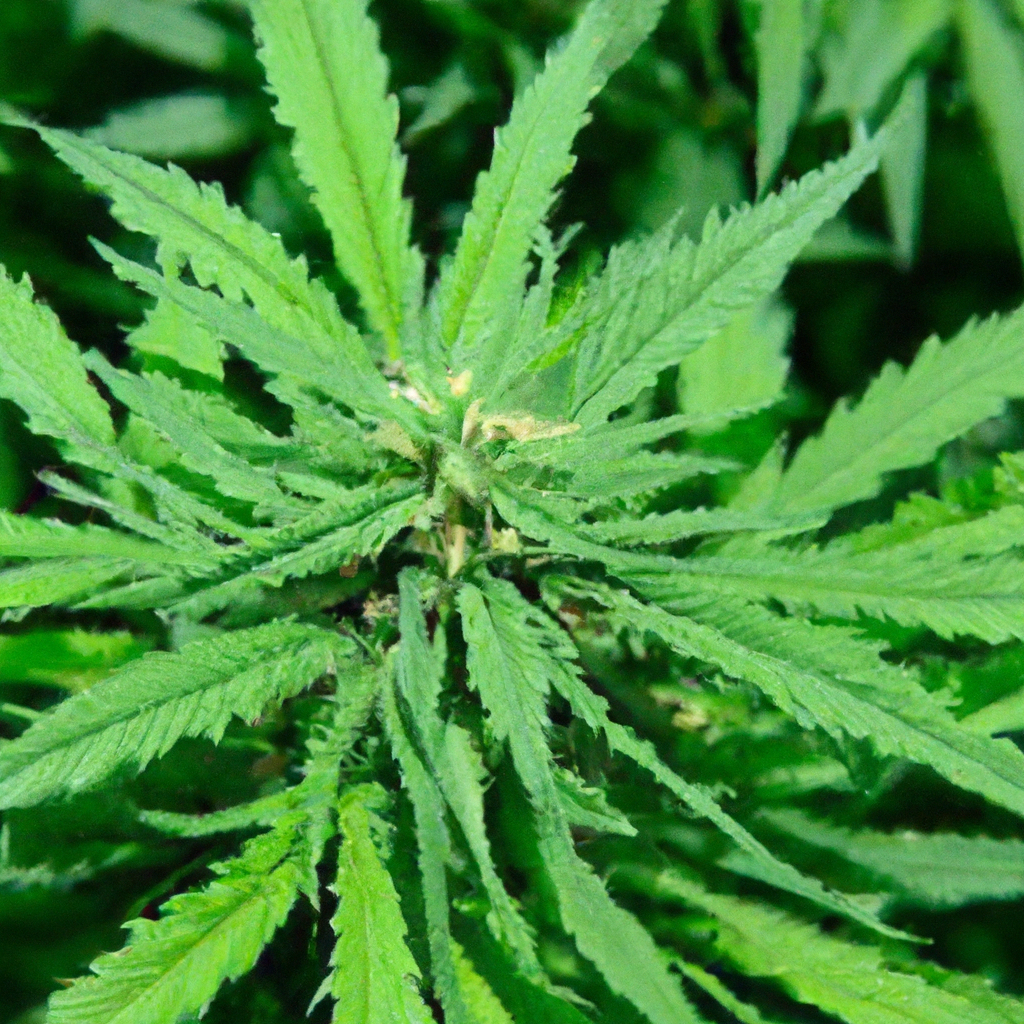By John “Magic” Greenleaf
Tagline: “Growing greatness, one strain at a time.”
Timing is everything—especially when it comes to cannabis cultivation. As a cultivator based in the heart of Colorado, I’ve dedicated over 30 years to understanding how timing can profoundly impact yield, potency, and quality. Join me as we dive into the often overlooked art of timing in cannabis growing and unlock the secrets to optimizing every phase of growth.
The Importance of Planting Time
Planting at the right time is crucial for leveraging Colorado’s unique climate. The thin air, greater UV exposure, and alternating temperatures offer an opportunity for healthy, resilient plants, but only if you know when to plant. For outdoor growers, planting should ideally occur after the last frost in late spring when soil temperatures rise above 60°F to boost root development.
Perfecting the Harvest Window
Identifying the perfect harvest window can be challenging. However, knowing when your strain’s terpene and cannabinoid profiles peak ensures top-shelf quality. I recommend closely monitoring trichomes—a shift from clear to milky white and then amber indicates maturity. For my strain “Mile High Mystique,” the perfect balance is just as milky trichomes start transitioning to amber, capturing maximal calming effects.
Timing and Light Cycles
Optimal lighting directly influences a plant’s growth cycle. During the vegetative stage, maintaining an 18/6 light cycle fosters robust growth. It’s the flowering stage where timing becomes artful; switching to a 12/12 light cycle triggers flowering in photoperiod strains. For indicas like “Magic Kush,” this transition is a turning point that can benefit from slight extensions, such as an 11/13 light cycle towards the end, simulating natural light reductions.
Managing Seasonal Transitions
As the seasons change, so do the needs of your cannabis plants. Transitioning from the dry winds of fall to a cooler and more humid autumn in Colorado can stress plants without proper timing and environmental controls. It’s crucial to gradually adapt humidity and temperature settings to mimic these changes, ensuring your plants remain stress-free and healthy.


Leave a Reply